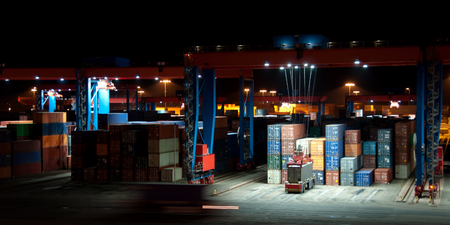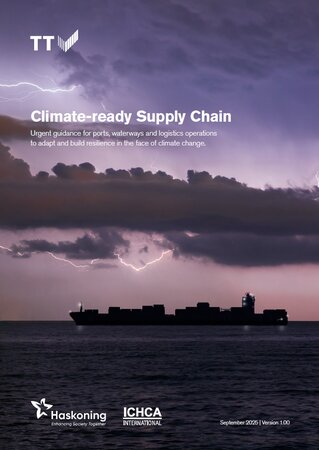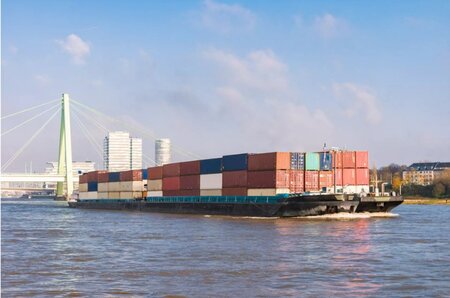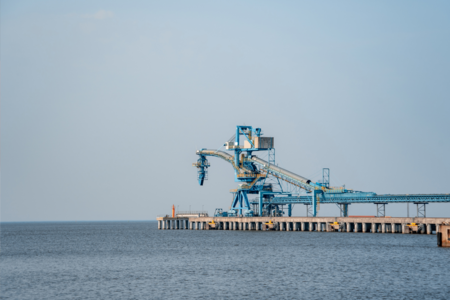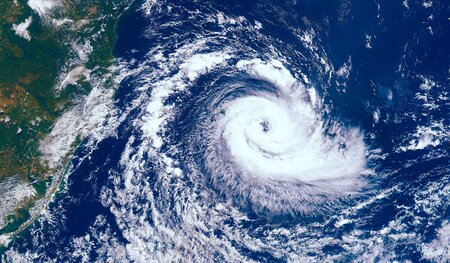Your environmental impact
Every journey to net zero will be unique. Knowing what to consider and where to start will be starkly different for a freight forwarder, a port or a container terminal. You will have to consider many competing factors when looking at your transition to net zero: budget; regulation; commerciality and efficiency will all play a part. While looking after our planet is of upmost importance, we understand the need to balance the cost and benefit of emission-reducing strategies – you want to do the best with what you have.
As a Club, we have uniquely objective oversight of the global transport and logistics industry. We have seen first-hand the strategies that work and the resource that goes into making them successful. Being part of a Club means sharing best practice for the benefit of the entire membership, in this way we are able to share clear strategies to transition to net zero regardless of size or available resource.
While we endeavour to provide the best possible advice, we always recommend obtaining local legal advice relating to your specific legal obligations.
Contact us
Key questions about climate change and the supply chain
What is the environmental impact of the global supply chain?
The maritime transport sector accounts for approximately 3% of all global emissions, generating an estimated 1 billion tonnes of Co2 each year. Without intervention, projections suggest that contuing ‘business as usual’ could see a 250% increase (towards 10% of global emissions) by 2050. It is estimated that the wider global transport sector contributed around 7.7 billion tonnes of Co2 in 2021 and remains on an upward track.
It is clear that the global supply chain is a contributor to greenhouse gasses, with a significant impact on climate change. There are opportunities to reduce the environmental impact of the global supply chain and many have already started their journey to Net Zero.
What are current regulations relating to climate change?
While the industrial revolution was recognised as having a detrimental impact on the environment and climate, it wasn’t until 2015 that an international treaty was adopted: The Paris Agreement (often referred to as the Paris Accords). The agreement serves to cover a host of aspects including climate change mitigation, adaption and finance.
Of course, while many countries are signatories to the Paris Agreement and have made commitments to reducing carbon emissions, not all are. In this context, it would be prudent to seek local legal guidance as to the exact environmental requirements that apply to your business, particularly at the start of your journey.
Why is now the time to take action to reduce climate change?
The fact that Earth’s climate is changing is generally accepted globally. There is evidence of more severe storms, in historically unusual locations, higher wind speeds, more frequent floods and droughts, all of which are not only impacting the environment, but also business risk. In the context of the supply chain, this might translate to flood losses, fire losses, equipment damage, disruption and delays.
Regardless of the perceived challenges, we must all act; delaying what has become an inevitability is not a prudent option. It is widely accepted that irrecoverable change to our climate has already happened; even if we were able to cease all emissions immediately, the effects of the damage already sustained will be felt for decades.
Where should you start on your journey to Net Zero?
Evaluating your emissions footprint as accurately as possible is a critical first step. From this starting point, you will be able to assess, compare and measure any potential solutions to reduce your carbon emissions.
The journey to Net Zero is unlikely to be one you take alone. Whether decarbonising a particular operation or trade lane or measuring your emissions against Scope 3, collaboration with your counterparties will be key to success.
It’s important to recognise that each business will be at a different stage of development and ‘ESG maturity’ and this will depend heavily on many environmental, societal and political factors, sometimes beyond control. There will be those who have already taken several steps to reduce the environmental impact of their operations, however many will be considering where the journey starts and which steps to take first. Simply being aware of the need to review your environmental impact is a good first step.
Carbon offsetting vs. carbon capture: what's the difference?
What is carbon offsetting and carbon capture? And are they effective ways of mitigating the impact of your operation on the environment. Many schemes available oversell their impact on carbon emissions and your risk falling foul to "green washing".
Our partners
BSI
TT Club and BSI have partnered for a number of years, particularly around the topic of supply chain security. BSI deliver environmental, health and safety, security and sustainability services to the industry, and have become a key partner for TT Club in the context of the ESG toolkit.
RightShip
RightShip was recognised by TT Club as a crucial partner in providing Members with insightful information and useful tools to help them on their path to net zero emissions.
Pledge
Pledge, a supplier of sustainability tools designed for goods forwarders, was recognised by TT Club as a crucial collaborator in the creation of the ESG toolkit.


